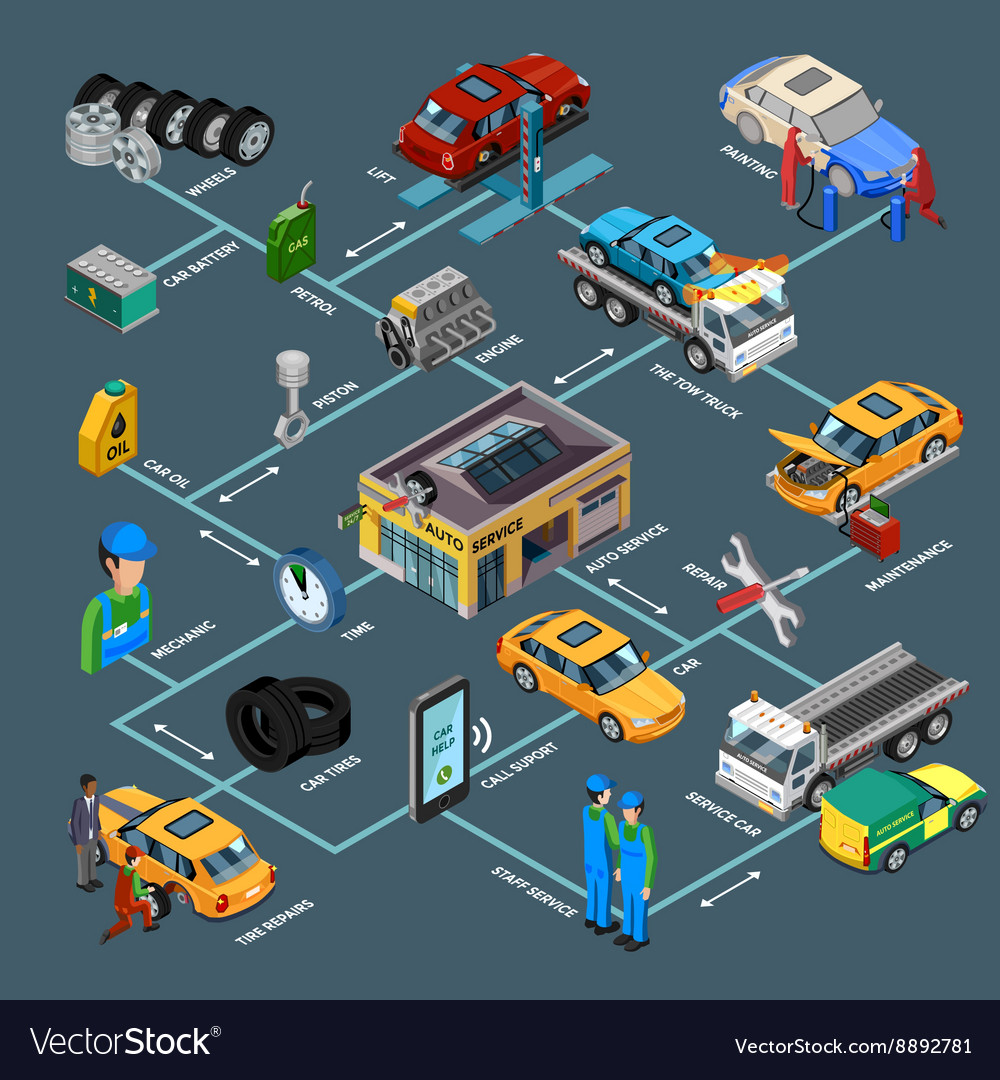Comprehending Your Automobile'S Caution Lights: What Do They Actually Mean?
Comprehending Your Automobile'S Caution Lights: What Do They Actually Mean?
Blog Article
Authored By- car cleaning products auckland
When you're behind the wheel, those glowing warning lights on your control panel can be a little bit difficult. Do you recognize what they're trying to tell you regarding your auto's health? Comprehending the significance of these lights is crucial for your safety and the longevity of your vehicle. So, the following time one of those lights pops up, would not you want to decode its message accurately and take the necessary actions to resolve it?
Common Caution Lighting and Interpretations
Identify common warning lights in your car and comprehend their meanings to make sure risk-free driving.
The most common caution lights consist of the check engine light, which indicates concerns with the engine or discharges system. If this light comes on, it's crucial to have your car examined immediately.
The oil stress warning light shows reduced oil pressure, calling for immediate attention to avoid engine damage.
A blinking battery light could recommend a damaged charging system, possibly leaving you stranded otherwise addressed.
The tire pressure monitoring system (TPMS) light notifies you to low tire stress, impacting automobile stability and gas efficiency. Overlooking this can lead to dangerous driving conditions.
The abdominal muscle light suggests a problem with the anti-lock stopping system, compromising your ability to stop swiftly in emergency situations.
home car detailing service but not least, the coolant temperature alerting light warns of engine getting too hot, which can result in extreme damages if not fixed swiftly.
Recognizing these typical caution lights will aid you attend to problems immediately and preserve secure driving problems.
Significance of Prompt Focus
Comprehending the usual caution lights in your car is just the first step; the value of promptly dealing with these cautions can't be emphasized sufficient to guarantee your security when driving.
When a caution light brightens on your dashboard, it's your automobile's method of connecting a prospective issue that requires attention. Neglecting these warnings can lead to a lot more severe troubles in the future, compromising your security and potentially costing you much more out of commission.
Trigger interest to warning lights can avoid failures and crashes. For instance, a flashing check engine light can suggest a misfire that, if left ignored, can cause damages to the catalytic converter. Resolving this immediately can save you from a pricey repair work.
Similarly, a brake system cautioning light may indicate reduced brake liquid or worn brake pads, vital components for your security when driving.
Do It Yourself Troubleshooting Tips
If you see a warning light on your control panel, there are a few do it yourself fixing pointers you can try before seeking specialist aid.
The first step is to consult your auto's manual to understand what the details warning light suggests. Often the concern can be as easy as a loosened gas cap activating the check engine light. Tightening up the gas cap might fix the problem.
One more typical concern is a low battery, which can set off various cautioning lights. Checking the battery connections for rust and ensuring they're safe and secure might repair the problem.
If a caution light persists, you can attempt resetting it by disconnecting the auto's battery for a couple of mins and after that reconnecting it. Furthermore, checking your automobile's liquid levels, such as oil, coolant, and brake liquid, can help troubleshoot advising lights associated with these systems.
Conclusion
In conclusion, understanding your car's caution lights is crucial for maintaining your automobile running efficiently and safely. By immediately attending to these alerts and knowing what they suggest, you can avoid pricey repair work and possible malfunctions.
Bear in mind to consult your auto's manual for specific information on each warning light and take action accordingly to ensure a trouble-free driving experience.
Stay informed, stay secure on the road!
